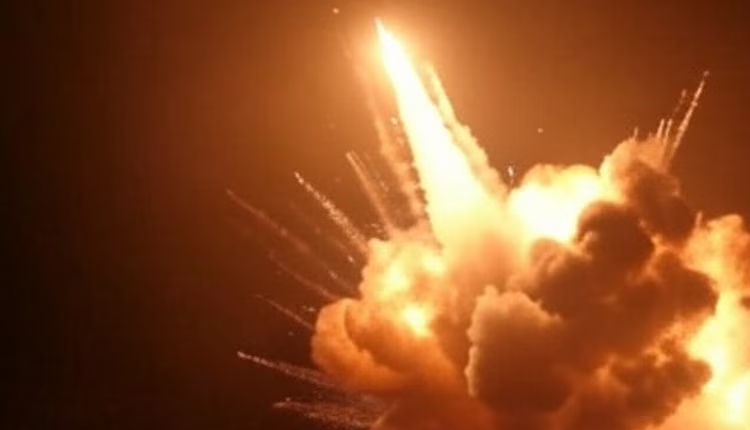New Delhi: According to the Prime Minister, India will not back down from nuclear threats from its neighbours, like Pakistan or China. After announcing a ceasefire with Pakistan, Modi emphasised that India was able to cope with any nuclear threat because of its strong policy and readiness.
Shortly after Operation Sindoor, the clash happened, leading to greater uncertainty about India’s nuclear strategy. India’s “no first use” policy and large arsenal are based on the risks and consequences of nuclear weapons.
India’s nuclear policy, adopted in 2003, commits the nation to not start a nuclear war. Alternatively, it aims for a “reliable but small deterrent”, ensuring that the force is strong enough to seriously react if attacked.
However, people have different opinions about this policy. In late 2016, Manohar Parrikar, then the Defence Minister, touched on this matter and implied India might have room to manoeuvre. In 2019, Rajnath Singh, the Defence Minister, also made a similar statement to deter opponents.
India has a triad consisting of nuclear systems placed on land, at sea, and in the air, so that even if one arm is damaged, the others can still survive. Agni-V missiles are capable of hitting targets over 7,000-8,000 kilometres in China as well as in Europe. Agni-VI, which was tested in 2024 and comes with many warheads, can go up to 12,000 kilometres. Both the K-15 and K-4 missiles, with ranges of 3,500 kilometres, have been armed on the INS Arihant submarine since 2016.
The future models will accomplish this task even better. Although Mirage 2000, Sukhoi Su-30MKI, and Rafale jets are capable of carrying nuclear weapons in the air, they encounter difficulty due to strong air defence systems used by their opponents.
It is the Prime Minister, acting through the Nuclear Command Authority, that makes decisions on generating nuclear weaponry. Nuclear assets are managed through both political and technical councils to prevent any accidents. INS Arihant maintains a state of alert with warheads ready for launch, despite the normal practice of not attaching warheads to missiles during peacetime.
Since 2024, artificial intelligence has been supporting the efforts of India’s Defence Space Agency, which uses satellites and radars to look for threats. Yet, due to holes in coverage around the Indian Ocean, it is difficult to follow sea-launched missiles. In future, the nation must pay more attention to its AI potential and hypersonic capacity.
The prime minister also pointed out the need for people to know how to seek shelter and avoid harmful radiation. Still, because India’s population is enormous, it is necessary to have more robust infrastructure and careful public education to deal with emergencies.
Despite concerns about Pakistan’s assertiveness and China’s rising numbers of weapons, India tries to use a mix of resolved power and diplomacy. Modi’s speech underscored that India’s strength stems from its commitment to both defence and peace. As tensions remain in the region, the nation is building a nuclear plan to protect its people against those who could test it.



Comments are closed.